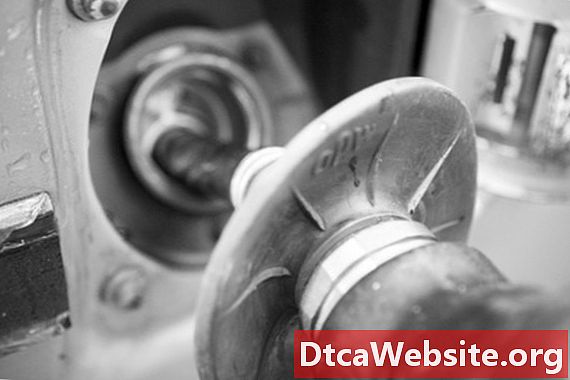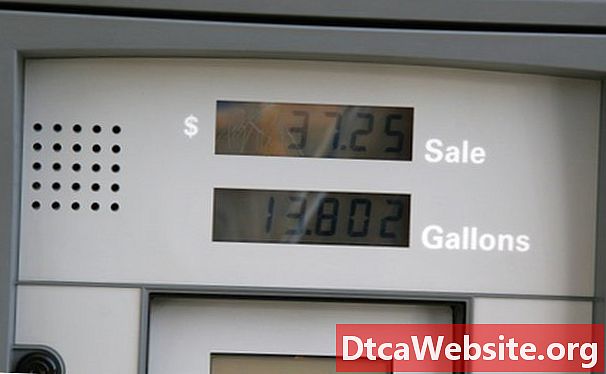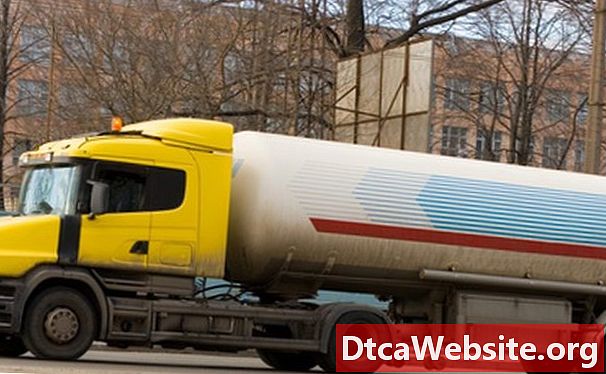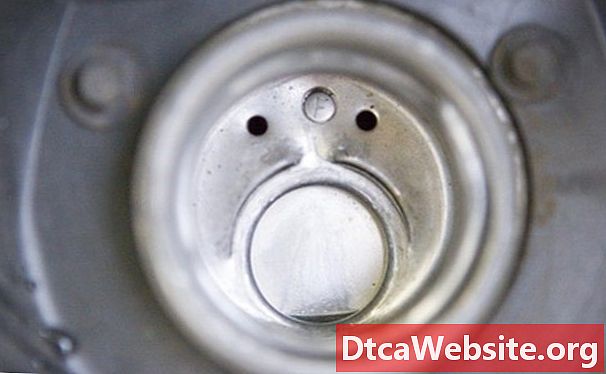
Contenu

There is always a small amount of moisture in a gas tank as the result of condensation. A little water in the gas tank is nothing to worry about but if you have too much, youre going to have problems. Fortunately, there are some simple things you can do to deal with condensation when it hurts performance or keeps your car from starting. No special tools are needed, although you might need to buy a new gas cap.
Step 1

Keep your fuel tank as full as possible. That is the cheapest and easiest thing you can do to minimize condensation in your fuel tank. Water vapor starts condensing on the top and sides of the tanks interior surface when humid air gets into your gas tank, Try to keep the tank at least half full. Three-quarters full is even better.
Step 2

Use ethanol-blended fuels. Water wont mix with gasoline but alcohol, including ethanol, can absorb water in your gas tank. The alcohol helps carry the water into the engine where it is vaporized in the cylinders and then blown out the exhaust pipe. In some areas, several kinds of alcohol-blended fuels are available, including "E-85." They can all help get the water out of your tank.
Step 3

Never fill your tank at a gas station while it is taking a delivery of fuel, warns Michael E. Gray, co-author of the book, "Auto Upkeep: Basic Car Care, Maintenance and Repair." The water in the bottoms of underground fuel tanks doesnt usually cause problems for motorists. "But when a semi-tanker is dropping fuel the water at the bottom of the underground tanks mixes with the gas," Gray says. If youre pumping gas while this is happening, theres a good chance excessive moisture will get into your fuel tank, he says.
Step 4

Use a fuel additive designed to help water mix with your fuel. Almost all auto parts stores offer several kinds of fuel additives that may help.
Step 5

Insulate your fuel tank if you are driving under extreme conditions, such in a car more than 10 years old in a tropical area where the humidity is very high. Specially designed insulation blankets can be wrapped around fuel tanks to reduce the difference in temperature between the tanks interior surface and the the humid air coming in from outside the tank. This is rarely worth the time and expense but under unusual conditions, it might be worth considering.
Step 6

Take a close look at the opening into which you insert the fuel pumps nozzle when you fill the tank. Most automotive fuel systems today are designed to block humid air, as well as other potentially troublesome contaminants, from getting into your fuel tank in the first place. A lot of cars have spring-loaded flaps that are pushed open when you insert the gas pump nozzle. If this little flap is missing or not working properly, get it checked by a mechanic and repaired.

Inspect your gas cap. If the gas cap is loose, fails to fit properly or is damaged, it could be allowing humid air into the gas tank. It might even let rainwater trickle into the tank. Buy a new, replacement gas cap. Some automotive experts now say that gas caps should be inspected every 30,000 miles.
Items you will need
- Replacement gas cap (optional)


